Breaking Ground and Building Foot Traffic
In 1987, developers from The Pyramid Companies saw an opportunity where others saw asphalt.
Cheektowaga, a town sitting just east of Buffalo and tucked against the New York State Thruway, was chosen for their next retail project. Construction moved fast.
By spring 1989, Walden Galleria stood finished - 1.6 million square feet of retail space anchored by giants like Sears, JCPenney, Bonwit Teller, Sibley's, AM&A's, L.L.Berger, and The Sample.
Opening day came on May 1, 1989. Inside, the mall buzzed. More than 150 stores opened across two levels.
Hoyts Cinemas screened first-run movies upstairs. There was a waterfall in the center court.
Escalators lifted shoppers from a polished tile floor to mezzanines lined with storefronts like The Limited, Lerner New York, and B. Dalton Bookseller.
Outside, things moved just as quickly. Traffic surged around Exit 52, where Walden Avenue fed straight into the parking lots.
More than 10,000 spaces stretched across the property, enough for cross-border traffic from Ontario and day-trippers from Rochester.
For locals looking for things to do in Buffalo, New York, the mall offered an all-day escape.
One year later, Pyramid added Lord & Taylor. The department store opened in 1990 in a new wing built just off the main corridor.
It was their only location in the Buffalo metro area and featured marble floors, high-end accessories, and a second-floor men's department.
Each piece of the project had a purpose. The Pyramid Companies, based in Syracuse, didn't just want to open another suburban mall.
They built Walden Galleria to compete across state lines. By 1991, mall leasing brochures showed off its draw: multiple anchors, stable sales per square foot, and 18 million annual visits.
The formula - big names, accessible roads, two levels of national brands - started paying off fast.
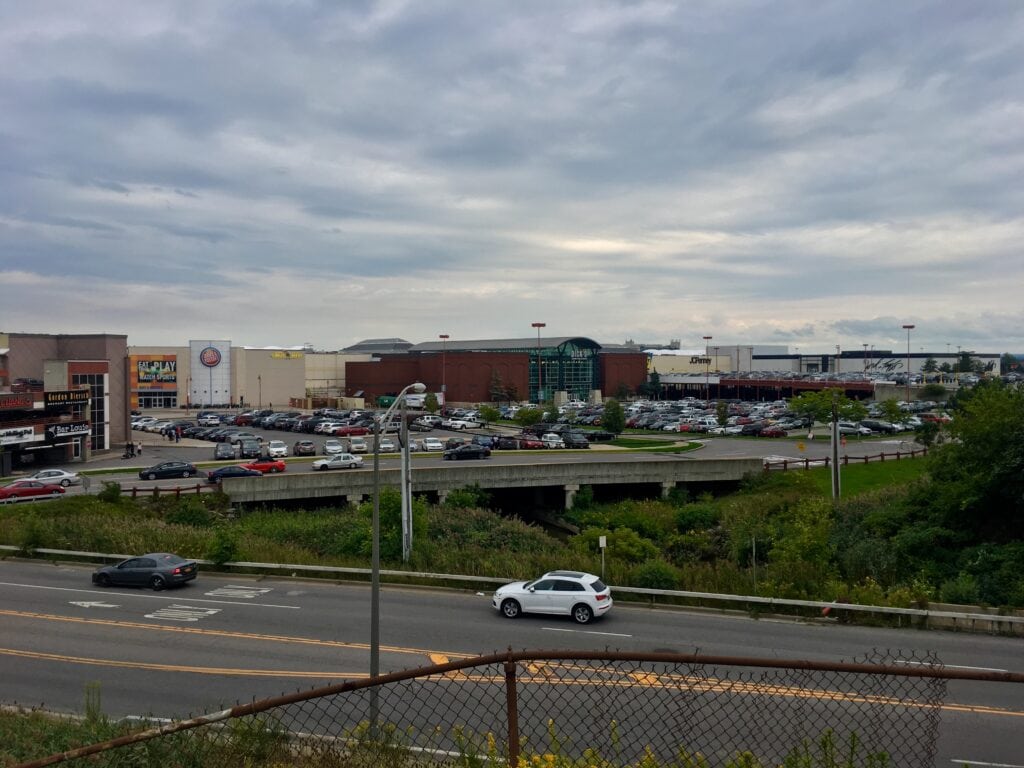
Tenant Shakeups and Transit Controversy
By the early '90s, anchor stores at Walden Galleria were shifting. In 1990, Sibley's was absorbed by Kaufmann's, part of a larger acquisition by May Department Stores.
The move brought Pittsburgh retail branding into a Buffalo-area mall.
Five years later, in 1995, The Bon-Ton, out of York, Pennsylvania, bought out AM&A's and began replacing the signage on its mall location.
That same year, another transition unfolded - though not inside the mall.
On December 14, 1995, 17-year-old Cynthia Wiggins was struck by a dump truck while crossing Walden Avenue, trying to reach the food court for her first day of work.
She had taken the NFTA bus from Buffalo's East Side. The stop was located across a busy multi-lane roadway.
After that, community groups raised questions, such as why there wasn't a direct bus route to the mall.
Pyramid denied discrimination, but public pressure grew.
Eventually, the mall moved the stop inside the property. The decision ended protests and prevented a boycott that had started gaining traction.
By the end of the decade, the new bus loop sat near the western entrance, where it remains today.
Retail additions rolled in alongside the controversy. In 1996, Finish Line opened one of its largest locations in the country.
Two years later, Lechmere - a New England-based electronics and home goods chain - closed nationwide under Montgomery Ward's restructuring.
Its spot at the Galleria became a JCPenney Home Store and a DSW. Kaufmann's doubled down, opening a separate home store in 1999.
The mall looked different heading into the 2000s. The original mix of regional names had started thinning out, and national brands were filling those gaps.
Pyramid adjusted accordingly, targeting more recognizable labels to keep traffic steady.
Retail Realignment and The ThEATery Pitch
In the early 2000s, the retail landscape at Walden Galleria kept shifting. Big-box names arrived with fanfare.
Pottery Barn took 12,000 square feet near the center court. The first Apple Store in Upstate New York opened in 2003, tucked between Bon-Ton and Forever 21.
That store measured just 7,200 square feet - but it changed the way people moved through the mall - lines formed early. Tech buyers replaced casual browsers.
Around that time, Forever 21 also joined, taking up 8,500 square feet on the first floor.
Hollister followed soon after, debuting its Western New York store. The vibe was changing: more screens, louder music, less carpet.
In 2004, Dick's Sporting Goods took over the old Galyan's space after acquiring the company.
Galyan's had only opened in 2001, but the rebrand was quick. General Cinemas sold its theater complex to AMC by 2002, exiting the Buffalo market altogether.
Then came the expansion pitch. The Bon-Ton, which had closed in 2006, was demolished to make way for a new wing.
Pyramid wanted entertainment-heavy tenants. Plans included a 16-screen Regal Cinemas upstairs and a Barnes & Noble at the food court level.
But construction hit a snag - Barnes & Noble couldn't install escalators due to caisson footings near Scajaquada Creek.
That storefront went to Dave & Buster's instead.
By 2008, the western facade looked like a retail boulevard. A new multi-level parking ramp was added - five stories and 1,200 spaces.
The theater opened as planned. Regal debuted with digital projectors, stadium seating, and a concession stand that stretched almost the length of the lobby.
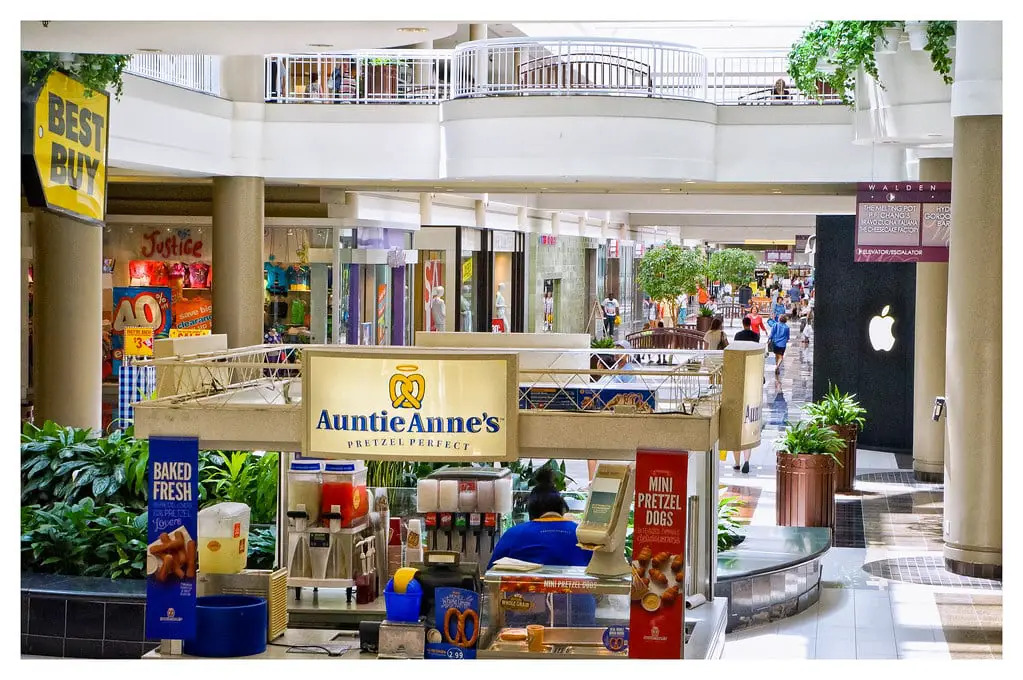
Upgrades, Backlash, and Brand Turnover
By 2011, Walden Galleria had been open for over two decades. The interior still pulled foot traffic, but the retail strategy kept evolving.
Anthropologie arrived that year. So did Fossil, opening its second location in the region in a 4,000-square-foot spot on the first floor.
Free People, owned by the same parent company, set up nearby - 2,000 square feet, softly lit, walls lined with embroidered blouses and beaded denim.
White House Black Market opened too, claiming 3,000 square feet just a few storefronts over.
New tenants weren't just apparel. Gordon Biersch, a national brewpub chain, launched in the garage-adjacent outparcel.
Inside the main mall, some of the old finishes started disappearing.
In 2013, construction crews laid Italian marble tiles across the common areas. Lighting changed. Benches were swapped for sleeker models.
Entrances were updated to mirror the 2007 expansion - glass, metal, and cleaner signage.
Lululemon opened in 2014. That store doubled in size within three years, pushed by the growing demand for high-end fitness gear.
The tenant mix started leaning more toward lifestyle brands and chain restaurants.
But later that fall, Walden Galleria drew attention for another reason. Leading up to Thanksgiving, Pyramid Management posted notices throughout the property warning retailers to open by 6 p.m.
on the holiday. Stores that stayed closed risked $200-per-hour fines, capped at $1,200. The policy hit small shops hardest.
Radio hosts picked it up. A boycott circulated on Facebook - over 4,000 RSVPs. One local group started handing out free coffee to employees forced to work.
Pyramid pointed fingers at Macy's, calling it the driver behind the early opening hours. Macy's, in turn, offered no public comment.
In late 2014, World of Beer opened, riding the local craft trend.
A few months later, Dave & Buster's relocated inside, next to Cheesecake Factory, filling 30,000 square feet that had once been pegged for other uses.
Walden Galleria: Closures, Rebounds, and Changing Footprints
Retail churn continued. In 2017, Sears shut down its Walden Galleria location after decades of operation.
The closure freed up a massive box space that wouldn't stay empty for long. By April 2020, Primark - an Irish fast-fashion retailer - moved in.
It marked one of their first ventures into the U.S. Northeast outside major metro centers.
2020 hit the mall hard. Temporary shutdowns, occupancy limits, and reduced hours all cut into sales. Pyramid responded by tightening operations, but the effects lingered.
Lord & Taylor, which had held onto its 1990s-era space longer than many expected, announced in August 2020 that it would close.
By December, it was out. The old Lord & Taylor unit spanned nearly 100,000 square feet.
Pyramid floated a plan for York Factory, a co-working and wellness hybrid concept with office rentals, bike services, and in-house food delivery.
As of early 2025, the space remains under evaluation - no construction permits have been filed.
Despite setbacks, Walden Galleria still pulled crowds. In 2021, it ranked among the 20 most visited shopping centers in the country, with over 23 million visitors.
Traffic came from both Western New York and across the Canadian border.
Abercrombie left in late 2021, one of several brands scaling back during internal restructuring.
However, the company rebounded and returned in 2024, reopening a freshly branded store with an updated inventory and a new floor design.
Macy's upgraded its location the same year. The new concept included a furniture showroom - 14,400 square feet carved out near the site once used for Kaufmann's home division.
Regal Cinemas also modernized, adding 4DX: moving seats, scent effects, and weather simulations.
Moviegoers came for blockbusters and left, talking about vibrating chairs and flashing lights.
Even now, the Walden Galleria still shifts. Vacancies, reopenings, and rebrands keep the square footage in motion.
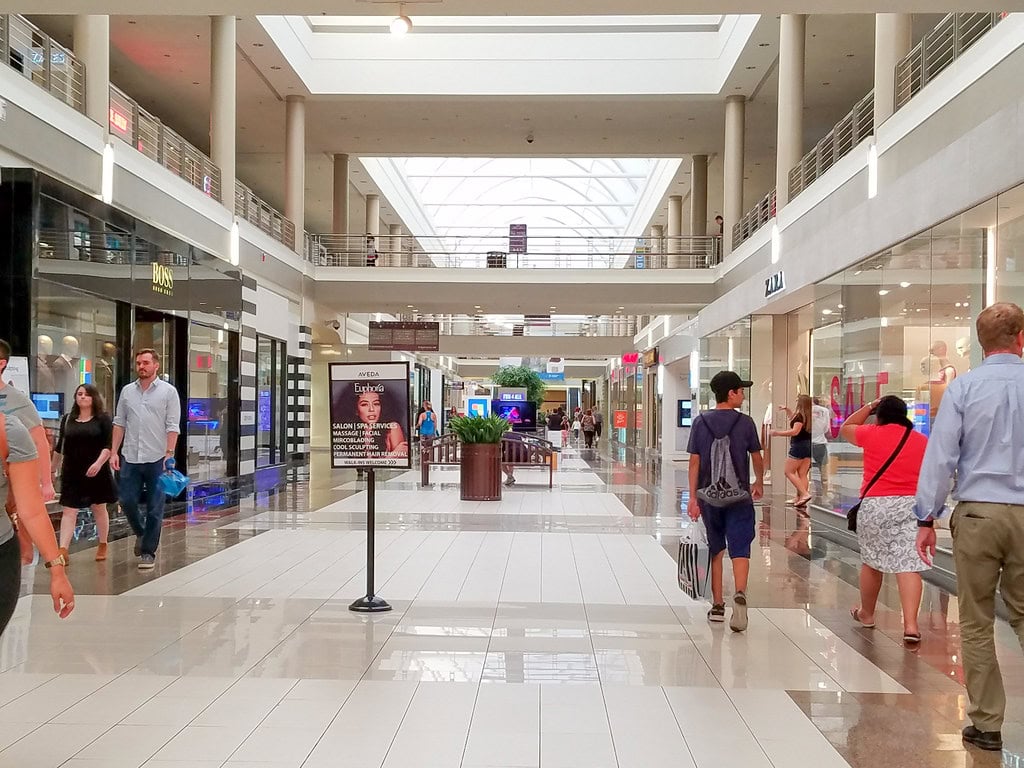

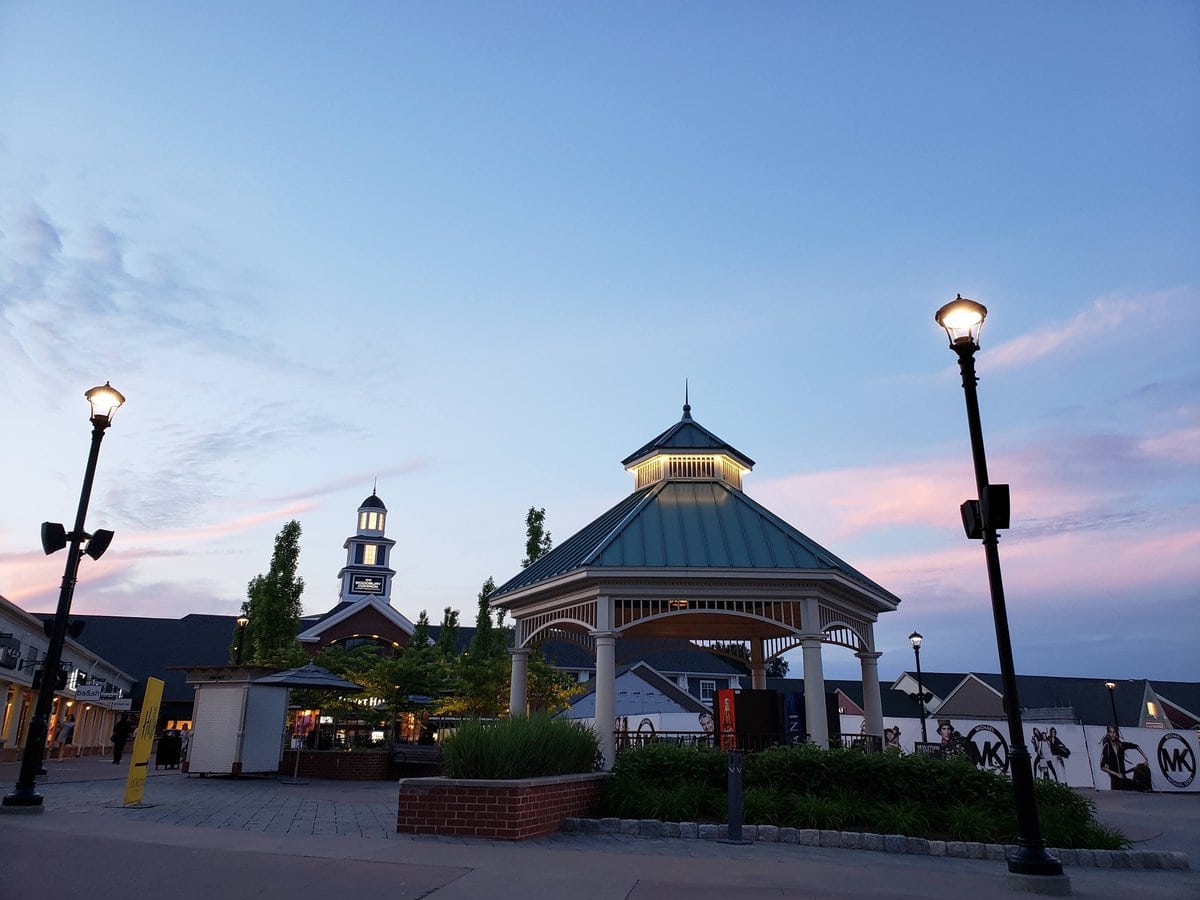


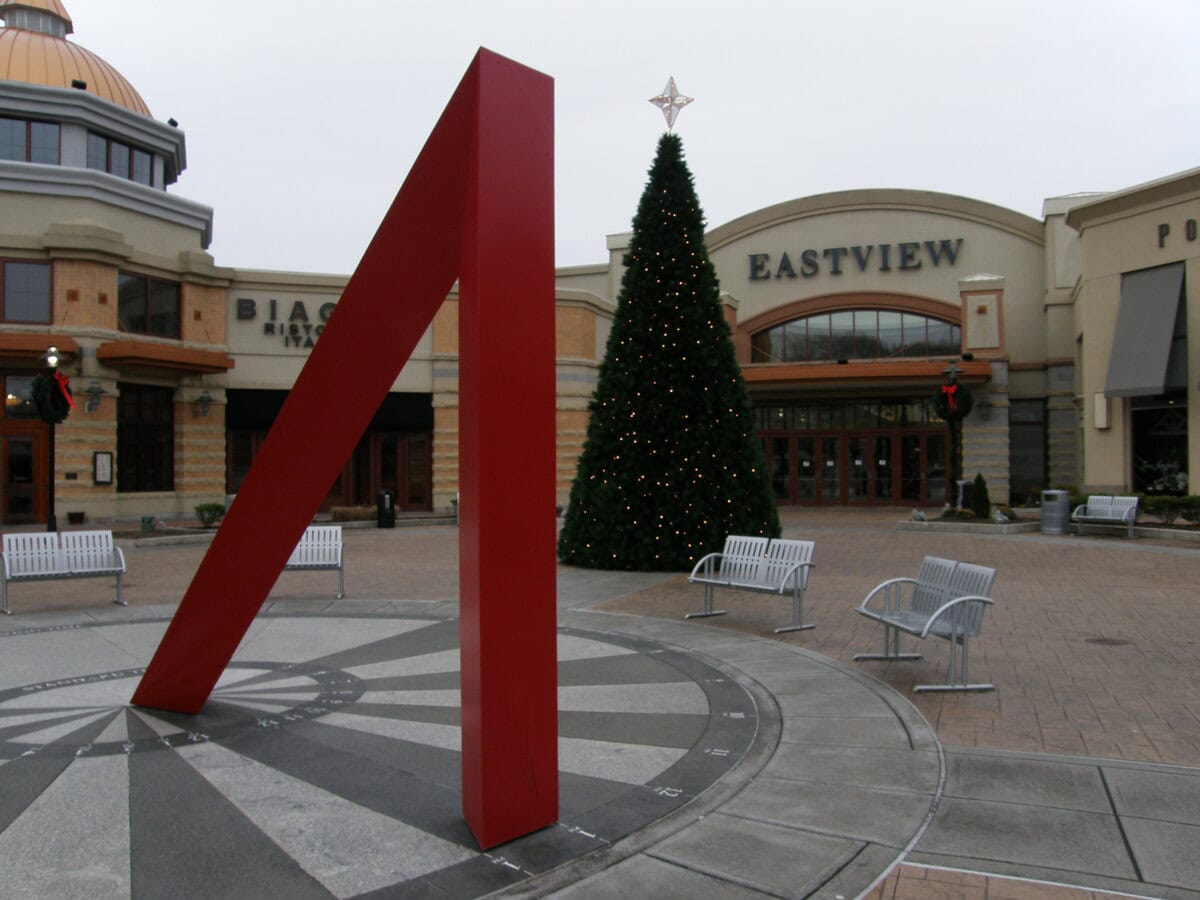
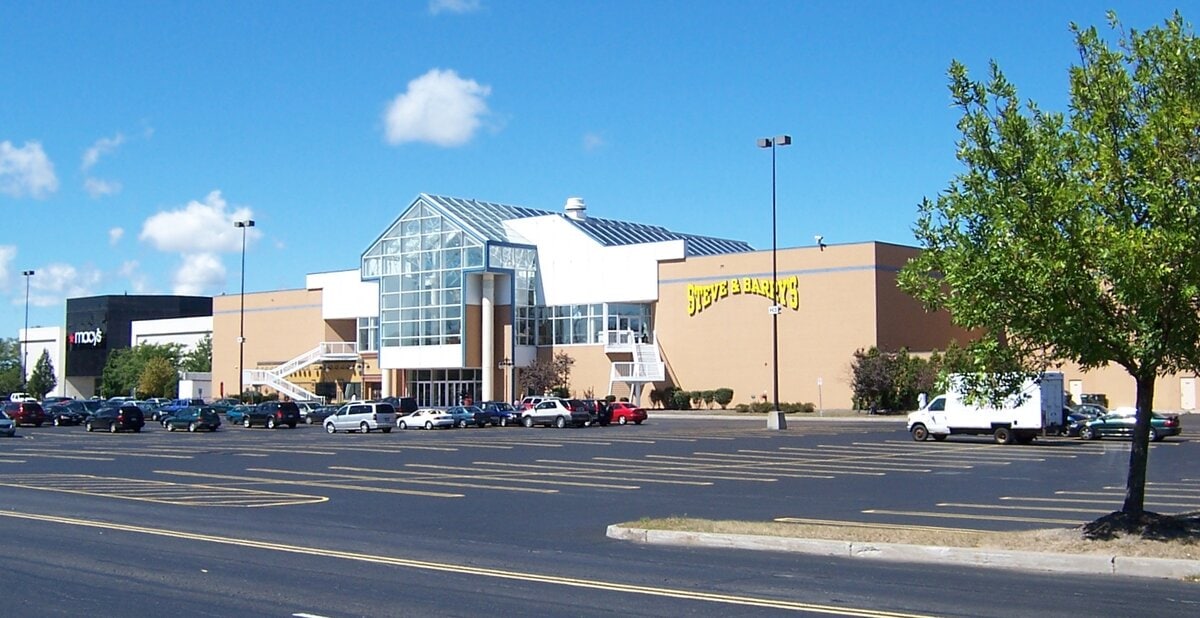
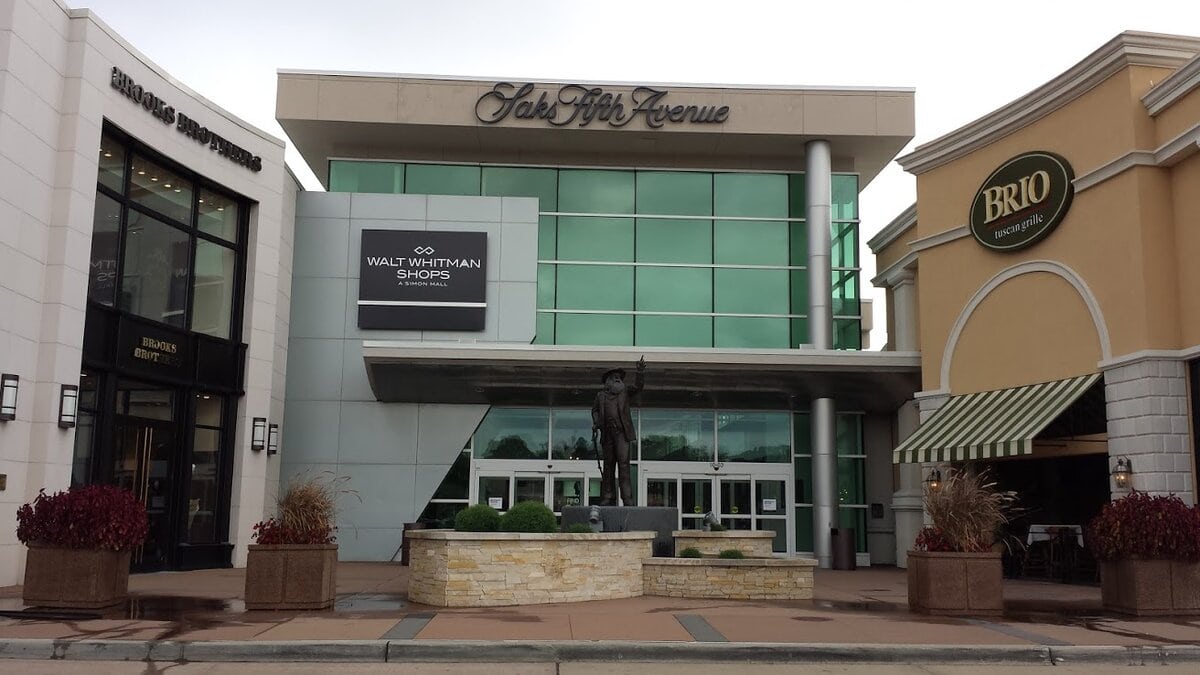
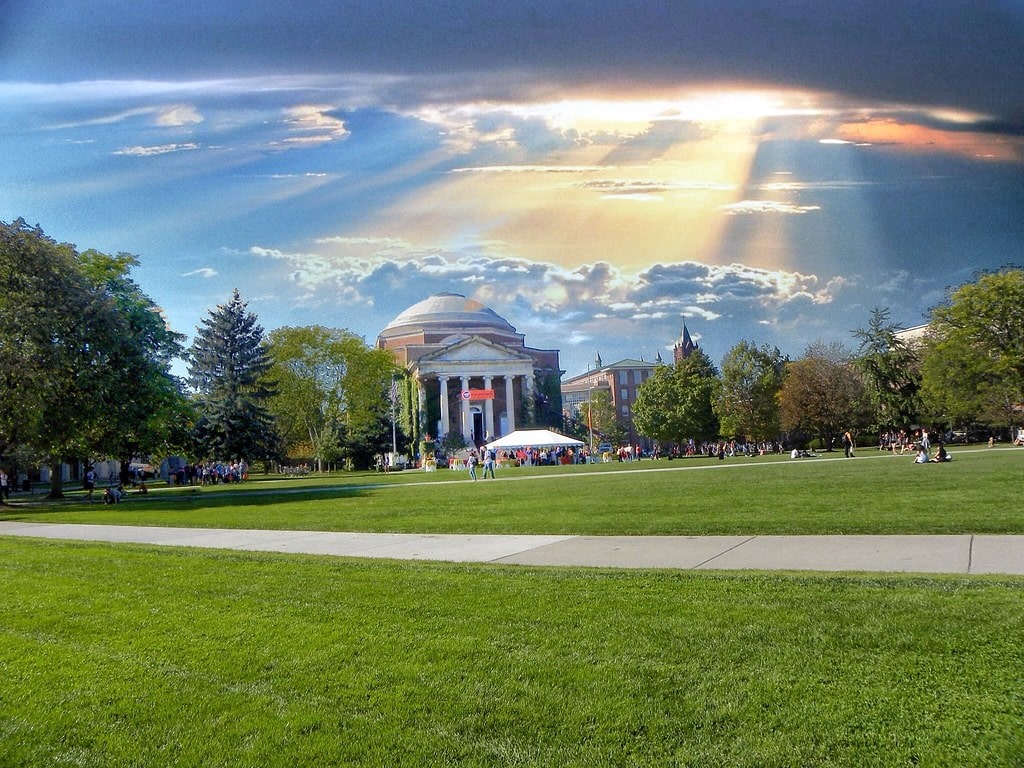

:oops:I MOVED BACK TO NY AFTER LEAVING FOR 9 YEARS. WHAT A CHANGE. I WISH I LIVED CLOSER. BACK IN 1969 I WORKED AT THE BLVD. MALL. I WISH THAT WAS STILL HERE. I HOPE THIS MALL WILL LAST A VERY LONG TIME. PS I HATE HOW NIAGARA FALL BLVD AND ITS NEW STORES THEY HAVE NOW. HATE HAVING TO DRIVE AROUND TO FIND ANOTHER PARKING SPACE. IT IS HORRIBLE.
Working at the Boulevard Mall in 1969, you probably caught it in its prime. Many people still trace their retail memories back to those early years.